Do you drink liquor in restaurants? Some good wine, perhaps? Or do you have a couple of drinks at home before you set out for dinner? And when it comes to wine, do you lower your standards and drink plonk when you are out because the good stuff costs so much on restaurant wine lists?
I suspect that like the rest of us, you find booze much too expensive at restaurants. One reason for the popularity of clubs is that they allow members to drink alcohol at reasonable prices.
To be fair, this is not a peculiarly Indian problem. All over the world, restaurants treat wine as a profit centre and impose huge mark-ups. In Las Vegas, for instance, many of the top restaurants simply multiply the cost price of a bottle of wine three times. Their explanation is that most restaurants operate on a 33 per cent food cost, which is to say that if all the ingredients in a dish cost say Rs10, then it will go on the menu at ₹30. The extra ₹20 will go on salaries, rent, air-conditioning, the decor, the crockery, marketing and profit.
Why, say restaurants, should wine be any different?
There is a simple answer to that. If you are making say, a hamburger, you will buy minced meat, onions, bread, condiments, seasoning etc. potatoes (for the fries that go with the burger) separately and will look to a chef to turn them into a finished dish.
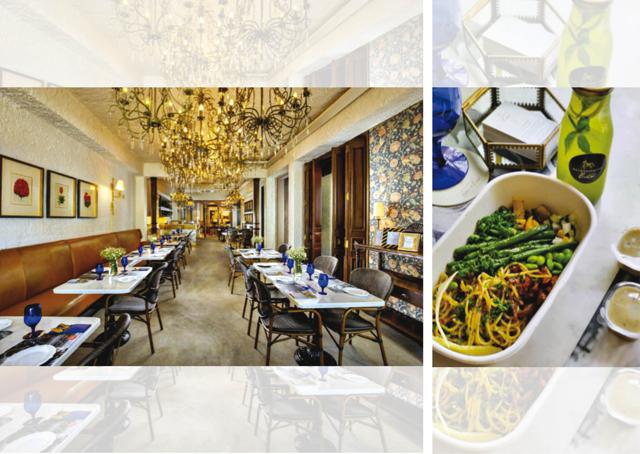
When a restaurant buys a bottle of wine, the only additional effort required will be the ceremonial opening of the bottle. All you need are a corkscrew and glasses. There is simply no comparison with the cost of cooking a meal from raw ingredients.
So why do people drink overpriced liquor in restaurants? Well, because, in the West at least, wine is part of the meal experience. And Michelin-starred restaurants now pride themselves on sourcing wines that are not easily available to the general public. These can be wines with very small productions or those that are only supplied to a few top wine shops and restaurants on a quota (“allocation”) basis. At Gaggan, Asia’s best restaurant, the head sommelier Vladimir Kojic has around 60 champagnes on his list. Nearly all of them are labels that most of us have never heard of, small growers’ champagnes of very high quality that are hard to come by. Ask for a bottle of Mumm or Moët and you will be rewarded with a frown.

In India, this can never happen. Most hotels and restaurants buy their wines from a handful of importers, all of whom sell the same wines to everybody. There are no special, hard-to-find wines, just the usual stuff. And yet, the mark-ups can be phenomenal. A decade ago, I did a piece comparing the wine lists of Delhi’s top hotels. The same wine from the same importer was sold at different prices by each hotel. If I remember correctly, at some restaurants, the same wine was 40 per cent cheaper than at others.
Is there a way around this? I despair of anything improving in the hotel sector because hotels usually overprice their (mostly mediocre) wines to levels that are shocking. (And this is despite the duty concessions that some of them get.)
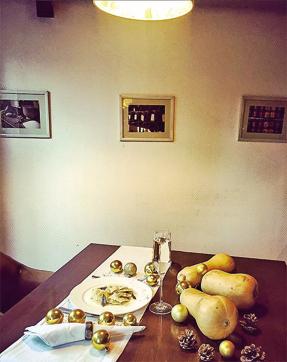
The best hope for the drinker or wine buff is the standalone sector, somewhere like Diva, perhaps. Ritu Dalmia wants to encourage her guests to drink wine with their meals so mark ups are low. When Gurugram’s CyberHub first opened, one of its great success stories was The Wine Company. This was a restaurant which sold wine at retail prices and then allowed you to open your bottle and enjoy it with your meal. The owner Ashish Kapur had worked out that people wanted to drink good wine but did not want to be ripped off. So, he sold his wines at about 15 per cent more than they had cost him and created such a craze that the Oberoi Gurgaon had to come up with a low mark-up promotion to compete.
The success of The Wine Company led Kapur to open Whisky Samba (also in Gurugram), which applied the same principle to spirits. Kapur went to the big liquor companies and made them give him good deals on their best whiskies by guaranteeing a certain volume of sales. Then, he sold the whiskies in very glamorous surroundings at prices that were almost retail. Whisky Samba is now one of the hottest places in Delhi-NCR.
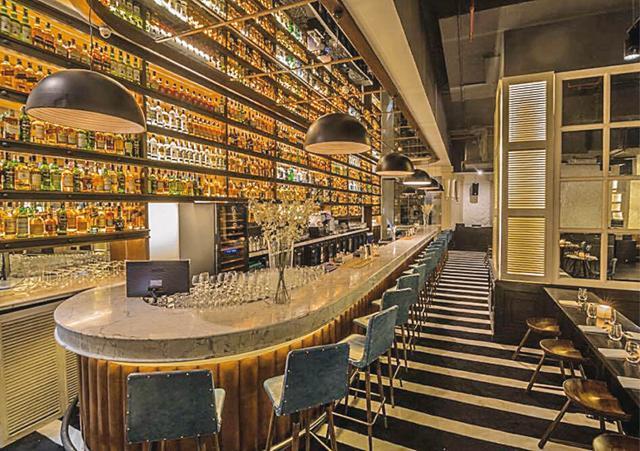
Kapur took the same concept to Mumbai where he opened The Wine Rack in Parel. I went there for lunch one Sunday and was surprised to find that they were selling top Italian wines such as Tignanello at half the price of the deluxe hotels.
But as much as I was astonished by the prices, I couldn’t help noticing that they were higher than prices in Gurugram. Which brings us to the other reason why wine drinking (and all drinking actually) can be a problem in India. Alcohol is a state subject, so each state can impose whatever level of taxes it wants to. And Maharashtra has such high taxation that say, a bottle of Johnnie Walker Black Label will cost double of what it does in other states. In Haryana (and therefore Gurugram), the same bottle will be available at only a little more than what it costs at duty-free shops.
Those who realise that alcohol pricing depends so much on state taxes know how to get their booze cheap. Many people who live in Delhi but work in Gurugram will buy their alcohol in Haryana before heading home to Delhi. (There are laws meant to prevent transferring of booze between states but the authorities can’t really check every car to see if an executive is taking two bottles of Black Label home.)
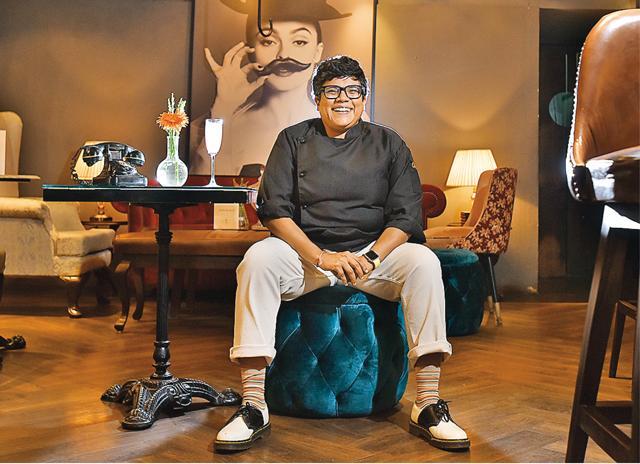
Not only do tax rates vary, so do the kinds of licences. At many restaurants (and hotels) in Delhi, they will not let you bring your own liquor; their licences do not allow them to do so. But in Haryana, there are special licences for places that want guests to bring their own bottles. Many successful restaurants in Gurugram (Knite Ryder, The Friends Republic, Plan B, Outback and many more) thrive on a Bring Your Own Bottle (BYOB) basis. Some have live music and young people can buy reasonably-priced booze from a shop nearby and enjoy a night-out where they don’t have to spend too much. (In Haryana, this sort of thing is called Ahaata.)
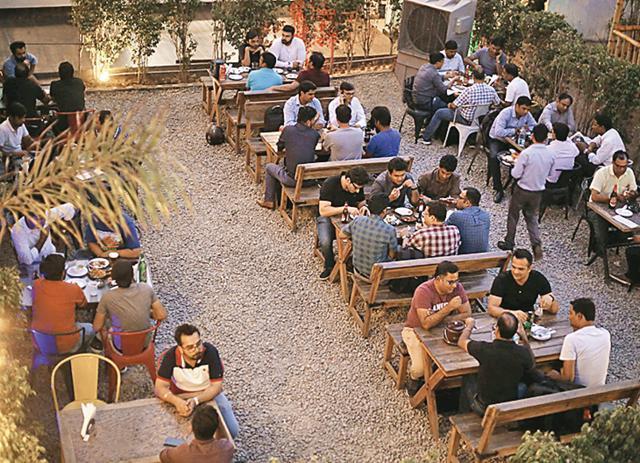
Restaurateurs in Delhi-NCR talk about Gurugram as a restaurant paradise. I am sure there are many reasons for this, but the liquor policy must surely be the key. The Sector 29 market has a young crowd with microbreweries and entry level (say, Black and White) Scotch drinking. CyberHub, which brought the boom to wider attention, attracts all kinds of customers from young executives to families and the liquor policy allows restaurants to offer a Bottle On The Table package. There is also the upmarket One Horizon Center, where Whisky Samba is located, which has branches of such famous Delhi restaurants as Town Hall and Delhi Club House. The Whisky Samba crowd may drink Blue Label and Ketel One but the other restaurants in the complex sell lots of premium liquor too.
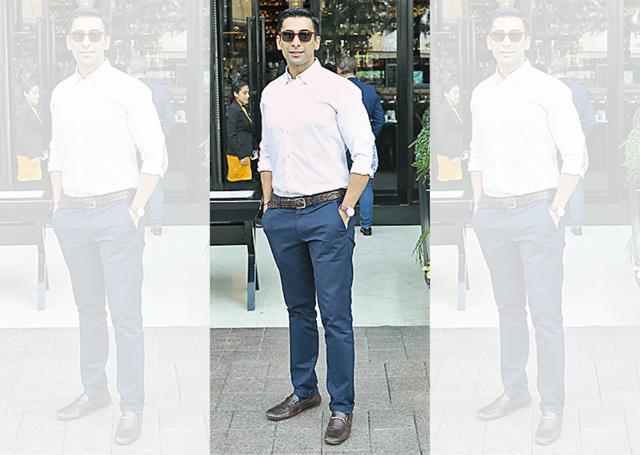
It is hard for people in Delhi to conceive of this, but Gurugram is actually far ahead in the quality of liquor consumed. It has got to the stage where when people throw a large party at home, they ask one of the big liquor companies to set up the kind of bars that were previously only seen at functions and fancy events.
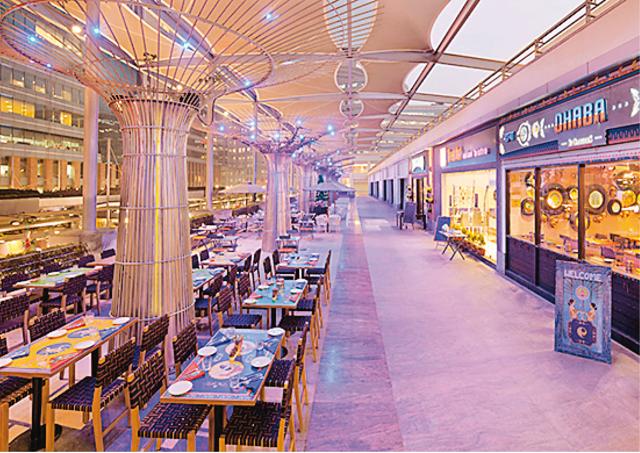
None of this is to say that I recommend the Haryana licencing policy to every state. The Haryana policy involves a degree of monopoly, discriminates against some vendors and restricts the numbers of brands that are available. On the other hand, because it keeps the prices of high-quality liquor low, it exposes more people to brands they would never have been able to afford earlier; it lets us drink good whisky and wine at restaurants and is flexible enough to allow for BYOB places.
What it tells us is that if governments show some flexibility, and if hoteliers and restaurateurs are not too greedy, then a day may finally dawn when we can go to a nice bar without having to worry about being ripped off.
From HT Brunch, February 10, 2019



